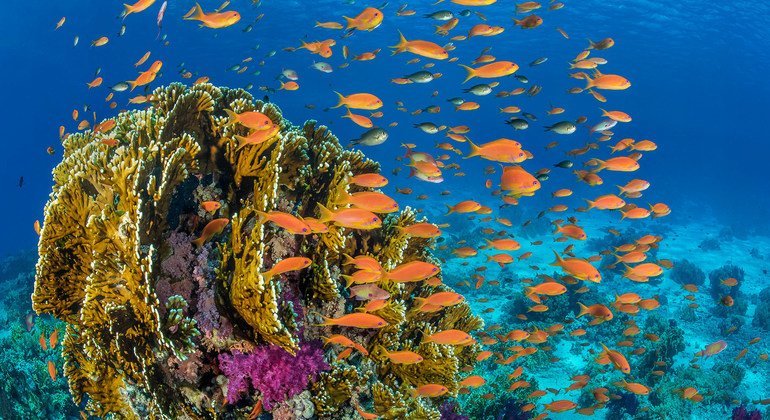Coral reefs, which are sometimes called the “rainforests of the sea” because of their rich biodiversity. Among the myriad inhabitants of these reefs are coneshells, which are predatory mollusks that hunt with arrows and deliver 200 different toxic compounds.
Ziconotide exactly replicates the toxic conical peptide, and is not only 1,000 times more potent than morphine, but it also avoids the effects of tolerance and dependence that opioids can cause. To date, out of 700 species of cone snails, only six have been examined in detail, and of the thousands of potentially unique compounds they carry, only a hundred have been studied in detail, while coral reefs and all their inhabitants are being destroyed at alarming rates.
Providing chemical compounds isn’t the only thing that makes biodiversity vital to our health. An astounding array of species has revolutionized medical knowledge. Zebrafish have long been central to our knowledge of how organs, especially the heart, are formed. The microscopic roundworm has led to the understanding of ‘apoptosis’ which not only regulates organ growth, but can cause cancer when disrupted. Fruit flies and bacterial species were mainly used in the research that led to the mapping of the human genome.
There may be undiscovered species, such as scientific laboratory animals, that possess traits that make them particularly suitable for the study and treatment of human diseases, and if we lose these species, their secrets will be lost with them.












